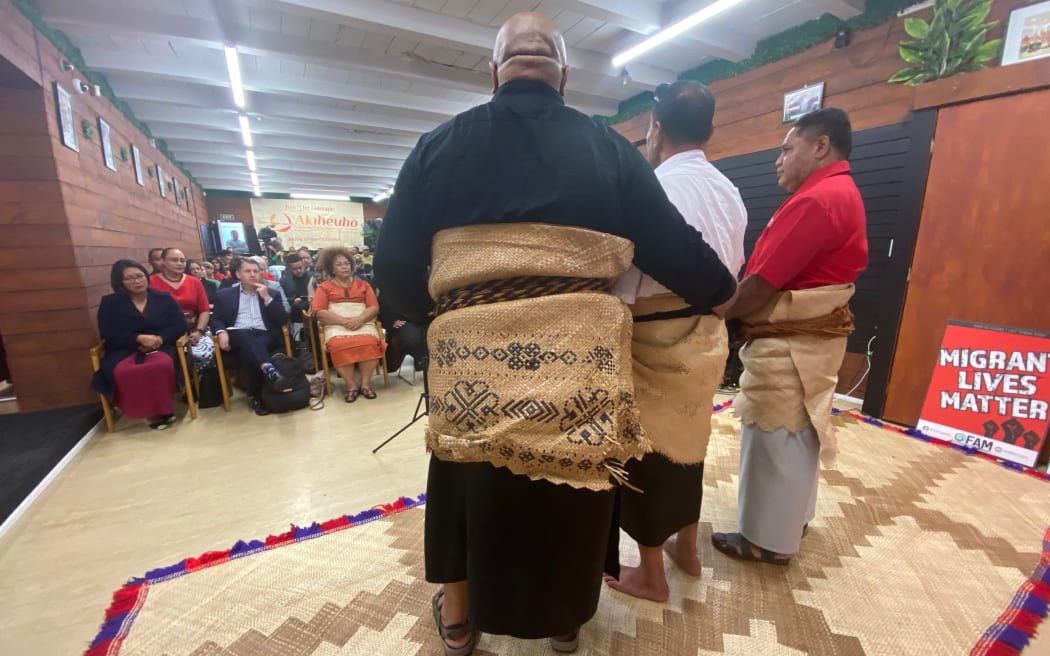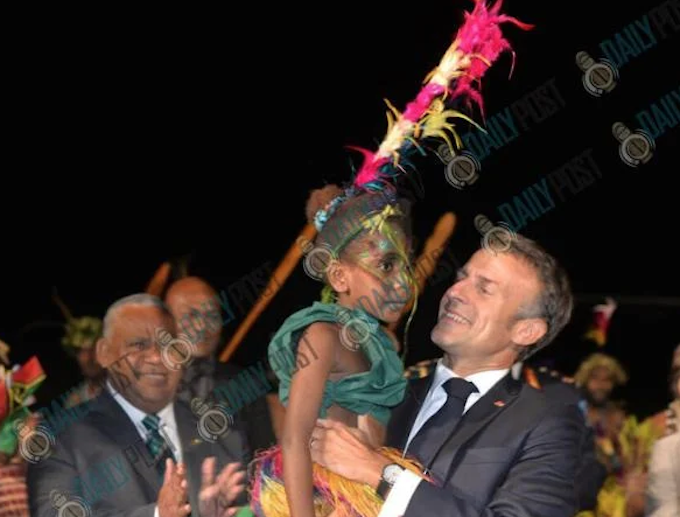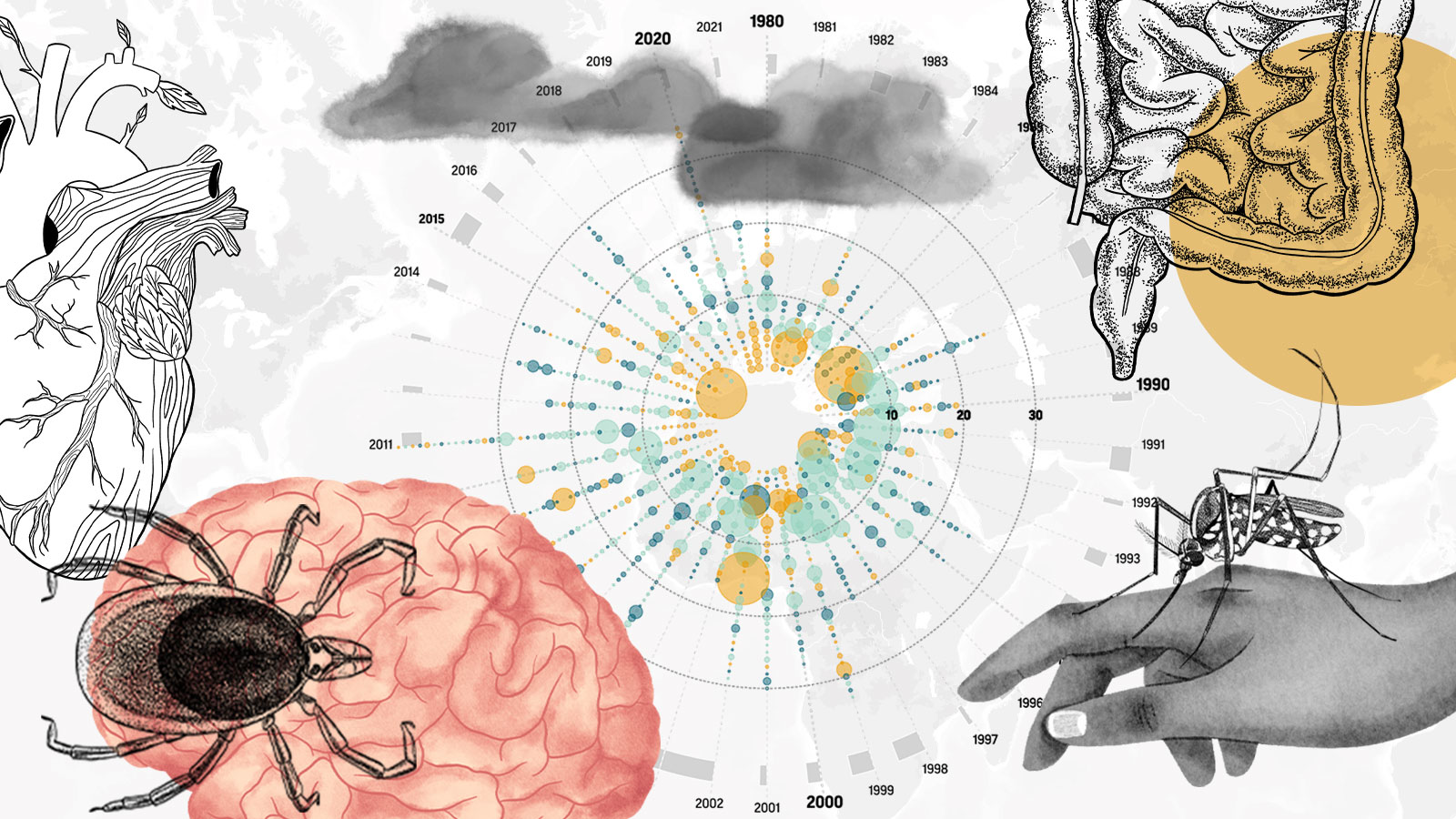By Jacob Pok in Port Moresby
Concerns over alleged political interference in the command and control of the Papua New Guinea Defence Force are among the grounds that will be pursued by the suspended Chief of Defence, Major-General Mark Goina, if the court grants him leave to appeal.
Goina seeks leave to review the decision of the National Executive Council (NEC) that suspended him from his substantive role as the major-general of the PNGDF on August 17, 2023, and appointed Commodore Philip Polewara as acting commander of the PNGDF.
While pursuing his application for leave to review at the Waigani National Court yesterday, General Goina, through his lawyer David Dusal, when giving the background of the matter, submitted that the Minister for Defence Win Bakri Daki, who is the third defendant in the proceeding, had been allegedly interfering with the command, control and operation of the PNGDF.
It was submitted that Goina became gravely concerned in recent times of the minister’s insistence and instructions to the general as the commander of the PNGDF to appoint and discharge certain officers within the PNGDF, which raised significant concerns of
political interference into the functions of the military.
It was submitted that such authority was vested in the Commander of the Defence Force and not, the minister, nor was the commander subject to directions from a civilian.
In his affidavit, General Goina indicated that the minister had to sponsor the NEC submission for him to be suspended without him being informed on the reasons for his suspension.
Presiding judge Justice Oagile Dingake had to direct Goina’s lawyer to first make submissions on leave to review and not on the substantive merits of the case until leave was decided.
Leave requirements met
General Goina’s lawyer Dusal then submitted that leave should be granted since Goina had met all the requirements of leave.
It was submitted that Goina, as the plaintiff, had standing as a person directly affected by the decision of the NEC on August 16, 2023, and the subsequent gazettal by the Governor-General on August 17, 2023, giving effect to the NEC decision.
It was also submitted that General Goina had arguable grounds on the basis that there was an error of law relating to his suspension since it was made without consultation with the Public Services Commission under s.59 of the Constitution and that he was not given the right to be heard.
It was further submitted that there was also no delay in the filing of the leave application.
The state through lawyer Alice Kimbu opposed the application for leave and argued that Goina’s suspension was still active and the proceeding would pre-empt or interfere with a pending inquiry into the death of two soldiers during a military training.
Kimbu further argued that although she had no issue with the plaintiff’s standing or the delay in filing of the application, leave should not be granted and must be refused on the basis that the proceeding would be destructive to the inquiry.
Justice Dingake noted that although General Goina may have met all requirements for leave, it had reached the third month of Goina’s three-month suspension period and there would be “no utility” in pursuing the matter further.
Suspension coming to end
“Suspension is almost coming to an end, what’s the utility?” he asked.
“Just when it is coming to an end, you’re coming to the court.
“Am I entitled to take into account that the suspension is coming to an end?
“What happens if I reserved my decision for six months?” Justice Dingake asked.
Lawyer Dusal in response submitted that as indicated in the suspension instrument, it was indicated that General Goina be suspended for three-months or, pending the final outcome of the inquiry.
He submitted that the inquiry would take six to 12 months and the status of General Goina’s suspension would depend on the final outcome.
Kimbu for the state argued that the grant of leave was discretionary and as per the circumstance, the court should not grant leave.
Justice Dingake reserved his ruling to a date to be advised.
Jacob Pokis a PNG Post-Courier reporter. Republished with permission.
This post was originally published on Asia Pacific Report.









